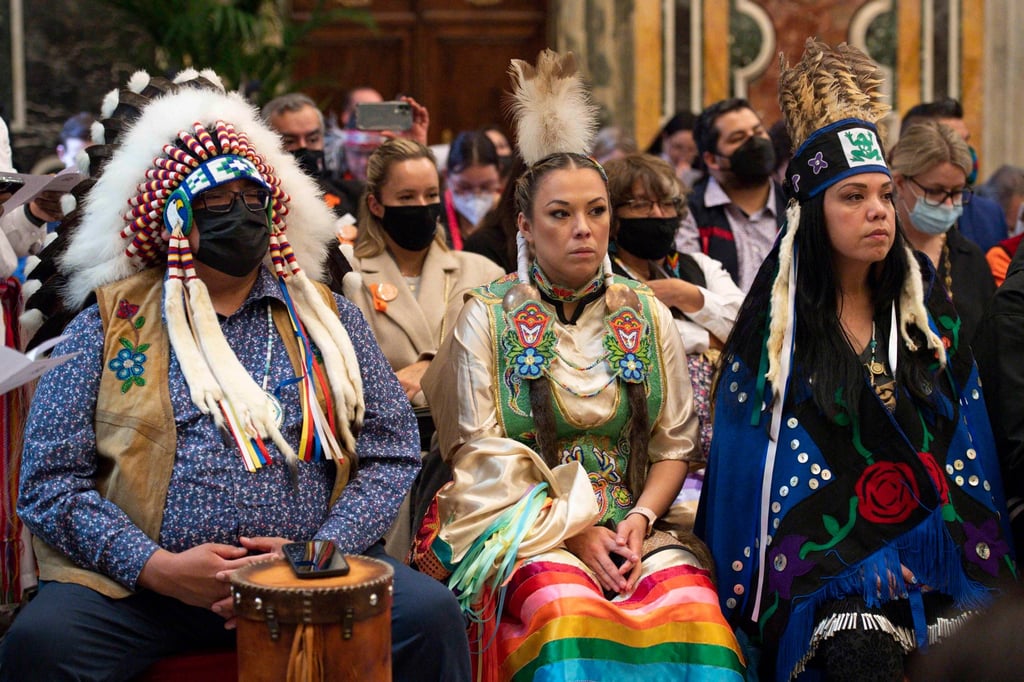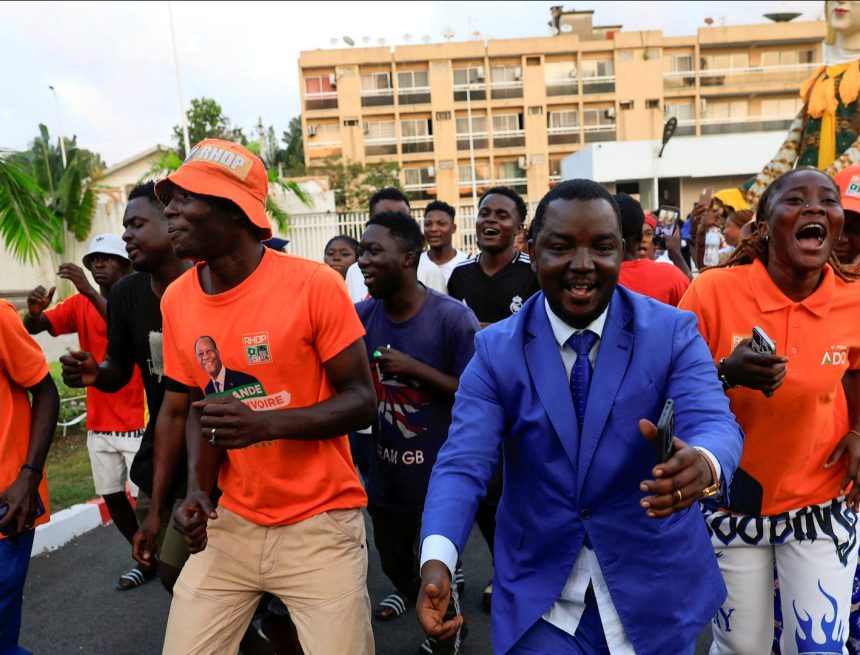The Vatican on Saturday returned 62 artefacts to indigenous peoples from Canada as part of the Catholic Church’s reckoning with its role in helping suppress indigenous culture in the Americas.
Pope Leo gave the artefacts, including an iconic Inuit kayak, and supporting documentation to a delegation of the Canadian Conference of Catholic Bishops during an audience. According to a joint statement from the Vatican and Canadian church, the pieces were a gift and a “concrete sign of dialogue, respect and fraternity”.
The items were part of the Vatican Museum’s ethnographic collection, known as the Anima Mundi museum. The collection has been a source of controversy for the Vatican amid the broader museum debate over the restitution of cultural goods taken from indigenous peoples during colonial periods.
Most of the items in the Vatican collection were sent to Rome by Catholic missionaries for a 1925 exhibition in the Vatican gardens that was a highlight of that year’s Holy Year.
The Vatican insists the items were “gifts” to Pope Pius XI, who wanted to celebrate the church’s global reach, its missionaries and the lives of the indigenous peoples they evangelised.

But historians, indigenous groups and experts have long questioned whether the items could really have been offered freely, given the power imbalances at play in Catholic missions at the time. In those years, Catholic religious orders were helping enforce the Canadian government’s forced assimilation policy of eliminating indigenous traditions, which Canada’s Truth and Reconciliation Commission has called “cultural genocide”.


